Understanding consumer behavior to build lead generation campaigns
Lead Generation Strategies – we have read tons of articles on the importance and effectiveness of lead generation for a business. It is easy to be lost in the sea of lead generation strategies and choose the one most effective for your business. And to top that, understand the marketing tools required to build and nurture a great lead generation program. Well, it is not as difficult as it appears. This article will give you an overview on lead generation strategies that can be deployed to implement an effective lead-gen program. Let’s dive in!
According to a report published by McKinsey & Company earlier this year, Indian consumers (75%) are enthusiastic and optimistic of the recovery of their country’s economy in comparison to consumers surveyed across Indonesia (68%), USA (38%), Australia (28%), Germany (27%), Korea (23%), France (23%), UK (21%) and Japan (12%). This optimism directly relates to the confidence of Indian consumers in going out in the market and buying goods and services that they need and desire. To add to that, consumers surveyed reported that their income, spending and savings have increased between February 2021 to March 2022. Household income grew from 20% to 31%, household spending grew from 38% to 53%, household savings grew from 25% to 34% between the said period.
Yay, that’s good news for the business, right? Consumers are optimistic and are willing to spend money to buys goods and services. Let’s produce more. Let’s advertise. Let’s put out a sale. And wait for the consumer to make a purchase. You dreamer! Of course, that’s not how it works.
In this article we will help breakdown the buying process of the consumer by understanding behavioral patterns that help marketers generate leads that matter.
Let’s begin by understanding broad behavioral patterns of the consumer.
The measure of Intelligence is the Ability to Change – Albert Einstein
We, the Homo Sapiens, are one of the most evolved species in time with our ability to utilize our brains to consistently adapt and adopt to new tools and technologies to evolve and become better than we were yesterday. Once marketeers understand this unique quality of their customers, they will be in better position to build communication and content that strikes a chord with their audience and influences them to make a purchase.
A century ago:
As a constantly evolving species, there has been seismic shift in our wants and consumption patterns. Here are creatives for the same brand with a century between them.
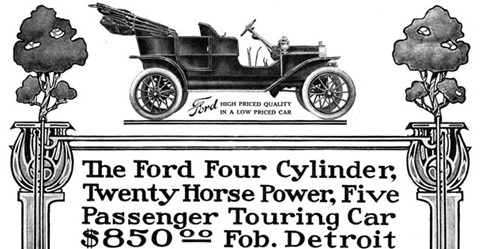
Ford Ad 2022
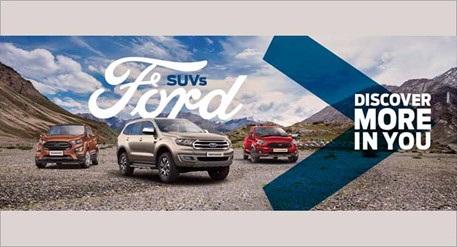
For today’s consumer, the horsepower of the engine and the ability of the car to seat 5 passengers is no longer a unique selling point. Today a consumer expects more from their vehicle. Today’s consumer wants to see the tangible and feel the intangible aspects of the product and brand. Understanding the consumer psyche is integral to a products and brand’s success. For someone, this vehicle would signify success – after all they purchased their first car independently. For some, it would hold an emotional significance – they would be giving it as a gift to their loved ones – parents who could not purchase a car due to their restricted means. For another, the ability of the brand to provide seamless service could be crucial. Once the product is sold, the brand takes over the experiences a consumer will associate with the product.
And then there is one brand that hasn’t changed its core product and yet continues to thrive for close to 130+ years. Yes, Coca Cola!
Did you know, Coca-Cola is the only soft drink to have been in space. The Challenger Shuttle took the soft drink along with it to provide a refreshing feeling to the astronauts. Interestingly, Coca-Cola was invented as drink to replace Alcohol in late 19th century as the government levied heavy taxes on alcohol at that time, and its inventor, John Stith Pemberton wanted to make sure his product wasn’t taxed heavily. The company also started painting their barrels in the distinguished RED color to differentiate themselves from other alcoholic drinks. Coca-Cola did really contain cocaine at one point in time! Not anymore though.
The brand has been able to build a strong connect with its audiences over the last 130+ years with its iconic taste and brand presence such that it had to roll back its ‘New Coke’ product in 79 days flat after consumers voiced their distaste for the drink.
With Coca-Cola consumers want the product experience to remain the same. They have gotten so used to the taste that they abhor any experiments in that area. Coke respected that and ensured that it remains one of the most loved brands for their loyal consumers by constantly innovating and creating rich and entertaining experiences that bring forth emotions of love, happiness, friendship and compassion (remember the ‘Hug Me” campaign?) that make Coca-Cola the brand it is today.
Essentially, it all boils down to how you make the consumer feels about your brand. Be it your advertisement, your product packaging, your people – the consumer needs to feel the connection.
We have tried to put together consumer personality traits that can make or break your marketing campaign:
- The Loyalists
Yes, loyal customers exist. As a brand you need to build your worthiness. It doesn’t happen overnight. Loyalty is a beautiful amalgamation of fulfilling a specific need or arising one, saying the right words, weaving a memorable story and adding value to the life of the customer. - The Experientialists
Wonder why a cup of tea in 5-star hotel cost 250 rupees whereas on a roadside tea stall costs 10 rupees. The experience. The feeling of royalty when you step into a well-lit, decorated, air-conditioned environment with well-groomed individuals greeting you with a smile and welcoming you into a new world, disconnecting you from the clutter and literally connecting you with yourself. Customers are ready to go the extra mile to experience ambience, the thrill, the flavor that they haven’t before and would continue to want to have the same experience repeatedly. - The Service Seekers
Whether you own a restaurant, a clothesline, or a telecom company; it all boils down to how you treat your customer before, during and after the purchase. As per a study conducted by leading marketing analytics firm Ebiquity covering 1000 respondents in India, 86% of Indians were willing to spend more on a company providing excellent customer service. Great customer service is directly proportional to customer loyalty as 73% customers surveyed in India said their loyalty was driven by customer service compared to 56% consumers globally. - The Hashtag Generation
Then we have customers who want to try the next new thing on the shelves. They want to talk about it too. They want to voice their opinion and expect a great a deal from brands – value for money, quality, attention, better TAT, and freebies. They could become great loyalists when they have a positive experience with the brand.
Now that we have a broad overview on consumer behavior and how targeted marketing strategies need to evolve to stay abreast with the change in times and consumption patterns to align communication with business growth, let’s deep dive into the world of return on investment, thereby LEADS.
To begin with, what exactly is defined as a lead?
There are 2 definitions to it. One from a marketing perspective, the other from sales.
When a customer interacts with your brand via any marketing medium – social, website, landing pages, digital ads, print ads, events etc and chooses to share his contact details that translates into the customer wanting to know more of what product or service you provide with or without the intention of making a purchase qualifies as a marketing lead. Marketers can use this contact information to nurture the lead by providing content and experiences that build a positive brand image of the product or service in the customer’s mind that he/she eventually chooses to make a purchase.
A lead once nurtured has the potential of converting to a sales lead or in other words the customer is identified as a potential buyer of a product or service.
The process of attracting, nurturing, and converting a customer is termed as Lead Generation.
But why do we need to generate leads? Don’t we have enough platforms both online and offline that customers can reach out to and purchase my product? What will be an effective lead generation strategy for my business?
Lead generation is a process of building positive experiences for your product or service that differentiates from competition. Lead Generation usually answers the ‘WHY & HOW’ aspect for the consumer who is looking to fulfil his need – why you are better than competition (Features-Advantages-Benefits), how well-equipped your product or service is to fulfil their need. Lead generation is a helpful and productive process for both, the buyer and seller.
Types of Leads
Cold lead
A customer is considered a cold lead when he hasn’t shown any interest in your product or service but still fits your target customer profile.
Marketing Qualified Lead
A customer who has shown interest in what your brand or product has to offer. In other words, a customer that has engaged with your brand via the multiple marketing channels you use and has willingly chosen to share his contact details with the brand for them to connect and share relevant information that will enable the customer to make a purchase.
Sales Qualified Lead
A customer who has engaged with a brand over a period and is on the brink of making a decision to purchase is qualified as a sales lead. This is the time when the salesman engages with the customer, provides a demo, shares features-advantages-benefits, discusses competitive pricing with the end goal of converting the lead to a customer of the brand.
Lead Generation Strategies
Identify the need of your target group
You cannot and should not sell the erstwhile comb to the bald or the erstwhile refrigerator to the Eskimo. As a brand manager and marketer, you need to understand what your customer wants, at times create the want, and then build communication that talks on how the customer can fulfil his want. That is what every buyer is focused on – how does a particular product or service helps me to have a better quality of life.? Once your product meets with the customer need move on to the next step of finding the right marketing mix that will fulfil your goal of building a solid lead generation strategy.
Use relevant marketing tactics
Once you have outlined the need of the customer, understand the touchpoints he uses daily to get his dose on content.
Email: An electronic mail is one of the most popular tactics used by marketers as emails are usually sent to a database that has chosen to subscribe to your content. They have chosen to hear from you. Hence it is much easier to get them to respond to your communication versus other mediums.
Social Media: Social media has a massive reach. Within seconds your content has the potential to reach out to millions of individuals. Chart out a social media strategy powered by strong, engaging, and interactive content to build a strong leads pipeline.
Search Engine Marketing: Pay-per-click phenomenon is here to stay. Google processes 63000 search queries per second. It is one of the most cost effective medium of advertising that connects the right product to the right customer. Once the customer is pulled towards your landing page, ensure that they have enough content to refer to that increases stickiness and turns that customer into an MQL.
Blog: Your blog is your voice. Use it to share information, thought leadership stories, influence, and enable customers to find a solution to their needs. Always ensure customers have a way to reach you via an appropriate call to action.
Account based marketing: A targeted approach to lead gen which keeps the customer at the center of its operations. Unlike the broader marketing tactics deployed by organizations for the mass audience, ABM enables organization to use holistic marketing tactics with the messaging customized for the individual prospect with the intent of converting them into a customer.
Be Authentic
Ingenuity is a key ingredient for failure. Weave authenticity into your brand fabric and make it a way of life. Customers can see through brands that don’t walk the talk.
Outreach
Build your inbound marketing team such that every customer that registers via your lead gen activities is contacted within a time span of 2 to 4 hours. A prompt response builds a positive brand image in the mind of the consumer.
Don’t share unnecessary information
Just because you have the data of your customer it doesn’t give you the right to intrude into their privacy. Sending a promotional text at 2 am is going to be a turn off. Or persistently calling a customer while he is in a client meeting is not ideal. Neither is sending 4 different emails in 1 day going to help. It will only result in the customer getting irate and unsubscribe to your content. To ensure the effectiveness of your lead generation strategy saying less is more.
To summarise, lead generation is a juicy piece of steak – marinate it well, add a dash of spices, cook it at the right temperature, garnish it and voila you have your juicy piece of steak ready to satiate your taste buds.


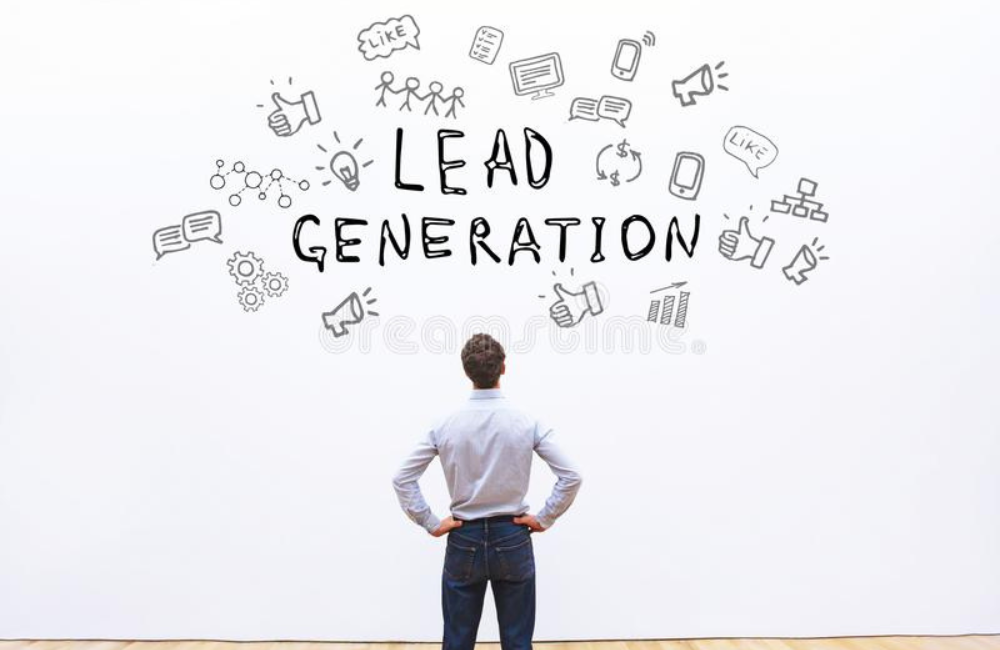
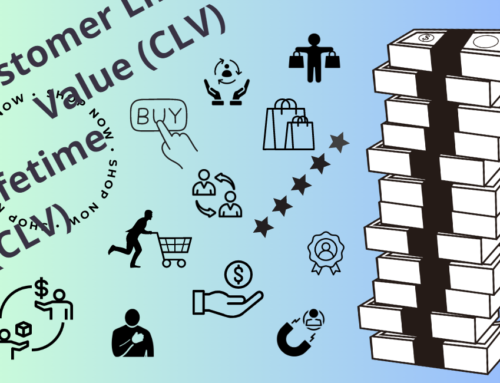
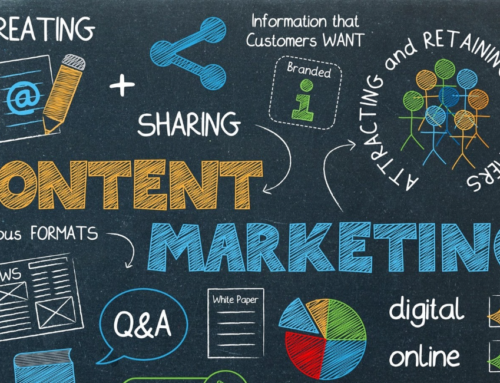
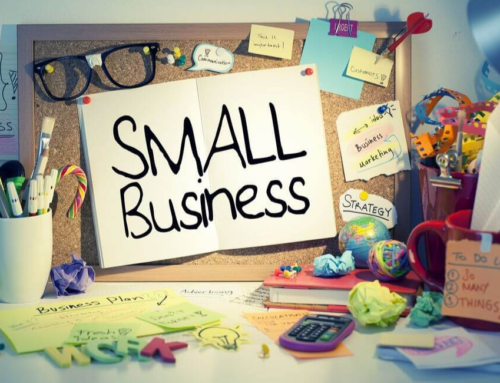
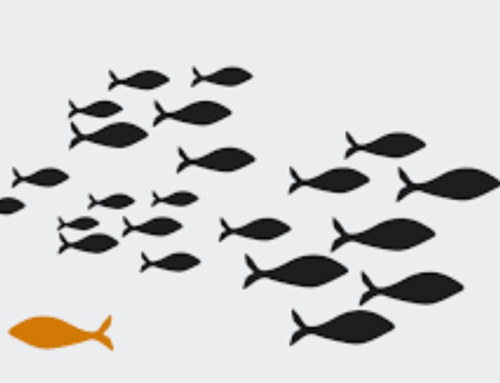
Leave A Comment